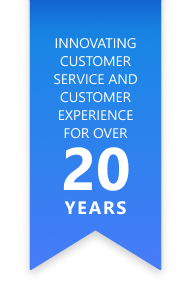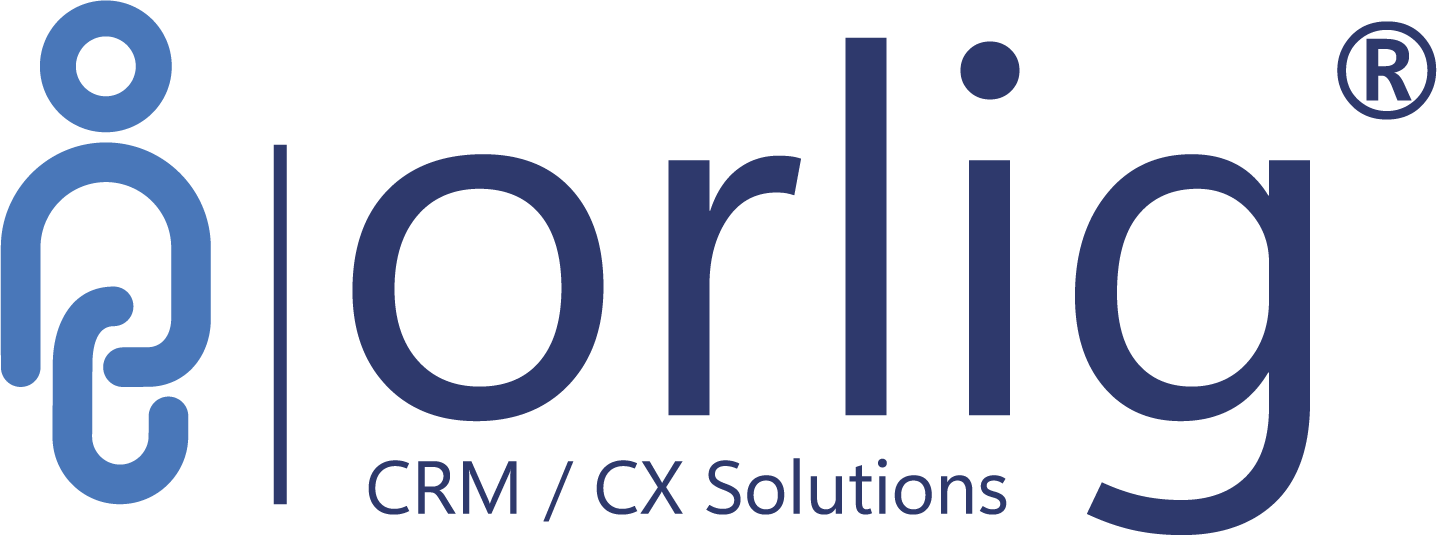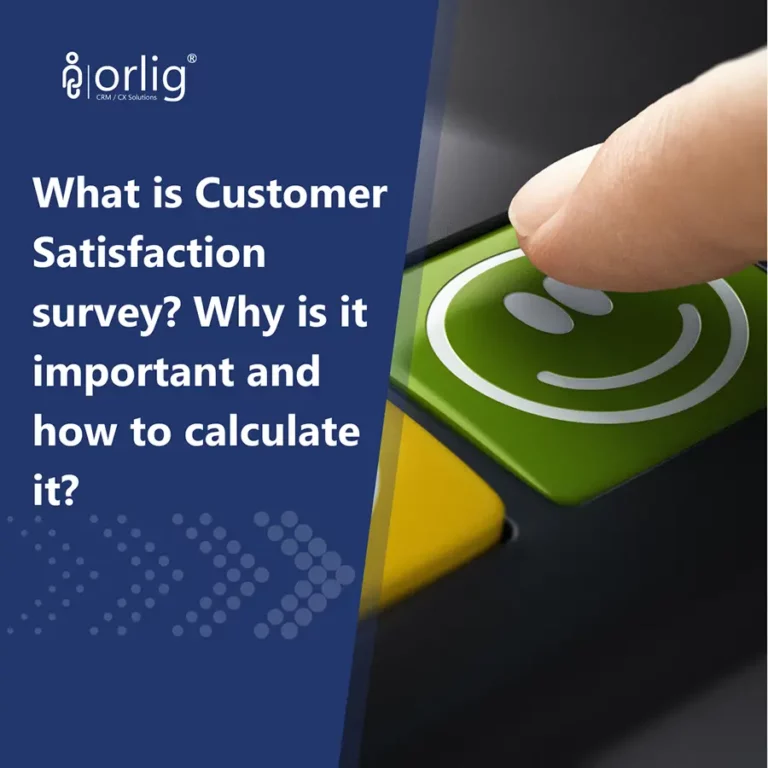
The workflow of CRM in banking may look confusing to regular people as there are a lot of nuances involved. But you need to understand that there are several types of CRMs, and each of them operates differently.
The primary task of every CRM is to allow bankers to manage their relationships with clients and potential customers. It assists them in covering every business aspect with an increase in sales and ROI and trying to cut costs wherever possible.
In this article, we discuss the workflow of CRM in the banking sector and how it helps banking in improving its day-to-day efficiency.
Main elements of CRM operations in banking
Lead management
The primary focus of banking is to improve overall customer service and improve sales. It is the reason why lead management is at the forefront of every CRM workflow. With its help, you can track your clients and potential customers and encourage them to enter a deal. For the same, you keep track of your interaction with the contacts and then utilize it to converse later with the client.
Contact management
We are humans, and we love a hint of personal touch, especially when it comes from a brand we prefer. To ensure that banks fulfill the same, they build a database that contains all the vital information about the client. The automation software will record all the available information and then process it to keep it in a centralized location.
Reporting and analytics
The CRM software is capable of drawing up various reports and is useful for the following purposes –
- Dividing customers into multiple segments of the basis of specific criteria.
- Understanding which customer bears the highest profits over a period of time. It not only takes into account the amount of sales, but also the resources used to obtain those sales.
- To gauge how often customers raise escalation claims and the time needed to resolve them.
- Predicting the outcome of product development plans in terms of possible failure or success. They do so by analyzing customer behavior when it comes to the level of engagement.
Marketing automation
Many banks are guilty of wasting their marketing resources on less-important aspects. Such wastage can lead to a disconnect between your sales team and the marketing team. CRM provides built-in marketing automation to ensure that you have your goals fixed and work towards it to achieve higher sales and revenue.
Customization abilities
It is pretty obvious a fact that a single shoe size doesn’t fit one and all. When it comes to software requirements, it differs from bank to bank in a similar fashion. One of the greatest strengths of CRM is its ability to customize. Be it custom modules, functions, buttons, or fields, you can create an entire software from the very base and shape it as your bank requires.
Mobile CRM
With the advent of smartphones, people have gradually shifted away from PCs and laptops. Most of the organizations in other industries have already tried exploring the mobile world. With the help of mobile CRM, your sales representatives can close deals on-the-go. Be it business meetings, networking events, or any other momentous occasion, you can always be business-ready with the help of mobile CRM.
The takeaway
If you are trying to understand what CRM does, it does all the above tasks and some more! Specific CRMs perform some of the aforementioned utilities, whereas others are doing all of it. So how do you pick one for yourself? By trying out the options and seeing which one fits your organizational workflow the best and get it off the shelf ASAP.




